 Vista panorámica de la Laguna de Hule desde el Restaurante Bosque Alegre(Panoramic view of the Hule Lagoon from the Bosque Alegre Restaurant)
Vista panorámica de la Laguna de Hule desde el Restaurante Bosque Alegre(Panoramic view of the Hule Lagoon from the Bosque Alegre Restaurant)The Hule Lagoon is located in the National Wildlife Refuge "Bosque Alegre", in Los Angeles Sur of Río Cuarto de Grecia, in the Province of Alajuela.There are three lagoons separated by a volcanic hill, named Hule, Congo and Bosque Alegre. The whole area comprising ponds and lush vegetation is called Bosque Alegre. The largest of these lagoons is Hule Lagoon, which has a dimension of 1,150 mt. (54.7 ha and 26.5 m deep), the Congo Lagoon (14.6 m depth and an area of 15 ha) and the much smaller one named Bosque Alegre.The Lagunas de Hule and Congo are 8 km from the town of Cariblanco, and 11 km north of the Poás Volcano. They can reached by the road to Puerto Viejo de Sarapiqui, going through Varablanca. Also, going from the road to Bajos del Toro, making a turn right into the community of Colonia del Toro, will take you to Bosque Alegre.The site that they occupy was a volcano that caused an explosion leading to a boiler and then a small volcanic cone surrounded by water. The lagoons are surrounded by primary rain forest, always green, which is rich in large trees, ferns, palms and epiphytes. (Sources: www.turismo-tico.blogspot.com and www.guiascostarica.com.)The road from San Jose to Cariblanco is paved, presenting a small part in fair condition after Varablanca. The path to Bosque Alegre Cariblanco is in gravel and it is recommended to use a four wheel drive vehicle.In Bosque Alegre there is a restaurant with a spectacular view of the Laguna de Hule.From the the Restaurant the distance to Hule Lagoon is about 3 kms., which can be done by car or on foot. The degree of difficulty is medium, going downhill to reach the Lagoon and the return uphill is quite steep.Comfortable shoes are recommended, like hiking shoes, as well as a waterproof jacket or a poncho.It is a place which you should visit, especially in summer (December to April).-----------------------------------Click on the images to enlarge.
-----------------------------------
La Laguna de Hule se encuentra en el Refugio Nacional de Vida Silvestre "Bosque Alegre", en Los Ángeles Sur de Río Cuarto de Grecia, en la Provincia de Alajuela. Existen tres lagunas separadas por un cerro de origen volcánico, las lagunas Hule, Congo y Bosque Alegre. A toda el área que comprende las lagunas y su exuberante vegetación se le denomina Bosque Alegre. La mayor de estas lagunas es la laguna Hule, que tiene una dimensión de 1,150 mt. (54.7 ha y 26.5 m de profundidad), la laguna Congo (14.6 m de profundidad y un área de 15 ha) y una mucho más pequeña llamada Bosque Alegre.Las Lagunas de Hule y Congo se encuentran a 8 Km de la población de Cariblanco, y 11 Km al norte del volcán Póas. Se llega a ellas, por la carretera que conduce a Puerto Viejo de Sarapiquí, pasando por Varablanca. También se puede llegar desde la carretera de Bajos del Toro, tomando el desvío a la derecha en la comunidad de Colonia del Toro.La Laguna de Hule es la de mayor tamaño, seguida por la del Congo; el sitio que las lagunas ocupan, fue un volcán que provocó una explosión dando paso a una caldera y posteriormente un pequeño cono volcánico rodeado de agua. Las lagunas se encuentran rodeadas de un bosque lluvioso primario, siempre verde, el cual es rico en árboles de gran tamaño, helechos, palmeras y epífitas. (Fuentes: www.turismo-tico.blogspot.com y www.guiascostarica.com.)La carretera de San José hasta Cariblanco está asfaltada, presentando una pequeña parte en regular estado despúes de Varablanca. El trayecto de Cariblanco a Bosque Alegre es en lastre y se recomienda utilizar un vehículo de doble tracción.En Bosque Alegre existe un restaurante, con una espectacular vista hacia la Laguna de Hule.Del Restaurante a la Laguna de Hule, el trayecto es de unos 3 kms., el cual se puede hacer en vehículo o a pie. El grado de dificultad es mediano, con un descenso hacia la Laguna y una pendiente ascendente fuerte al regreso.Se sugiere llevar zapatos cómodos, especiales para caminar en montaña y jacket impermeable o poncho.Es un lugar al cual se recomienda visitar, especialmente en verano (meses de diciembre a abril).-----------------------------------Haga click sobre las imágenes para agrandarlas.-----------------------------------Este es un mapa de como llegar a la Laguna de Hule: (Fuente: Mapa Costa Rica, disponible el 05 de julio del 2013).(This is a map of how to get to the Hule Lagoon: (Source: Costa Rica Map, available on June 30th, 2013).

Seguidamente se muestra la tabla de distancias entre San José y la Laguna de Hule.
(The following table shows the distances between San José and the Hule Lagoon.)

La ruta hacia la Laguna de Hule está llena de colores y bellos paisajes.(The route to Hule Lagoon is full of colors and beautiful scenery.)Un bello arcoiris cerca de la Laguna de Fraijanes.
(A beautiful rainbow near the Fraijanes Lagoon)
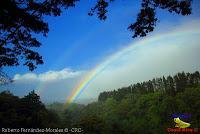
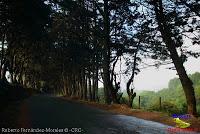 La lluvia y la neblina contribuyen a la belleza del paisaje
La lluvia y la neblina contribuyen a la belleza del paisaje(The rain and fog contribute to the beauty of the landscape)

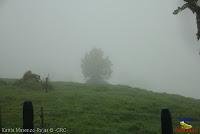
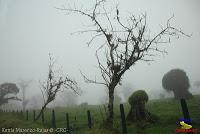
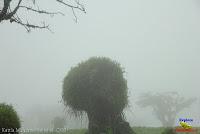
 Escuela de Varablanca
Escuela de Varablanca(Varablanca's School)

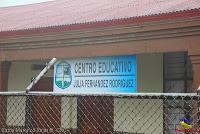 Iglesia de Varablanca
Iglesia de Varablanca(Varablanca's Church)
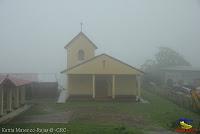
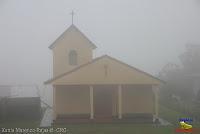 La sombrilla de pobre (Gunnera talamancana). Esta planta se distribuye desde Nicaragua hasta Panamá, en bosques montano de húmedo a muy húmedo, desde 1,000 hasta 2,500 m de altitud.(Poor man's umbrella (Gunnera talamancana). This plant is distributed from Nicaragua to Panama in humid to very humid montane forests, from 1,000 to 2500 m altitude.)
La sombrilla de pobre (Gunnera talamancana). Esta planta se distribuye desde Nicaragua hasta Panamá, en bosques montano de húmedo a muy húmedo, desde 1,000 hasta 2,500 m de altitud.(Poor man's umbrella (Gunnera talamancana). This plant is distributed from Nicaragua to Panama in humid to very humid montane forests, from 1,000 to 2500 m altitude.)
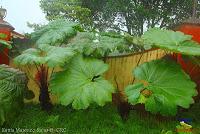 La carretera hacia la Catarata La Paz
La carretera hacia la Catarata La Paz(The road to La Paz Waterfall)
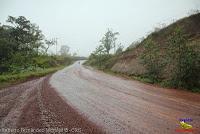
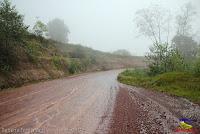 La belleza de la Catarata La Paz
La belleza de la Catarata La Paz(The beauty of the La Paz Waterfall)
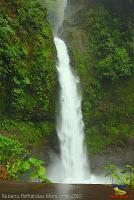
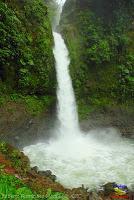

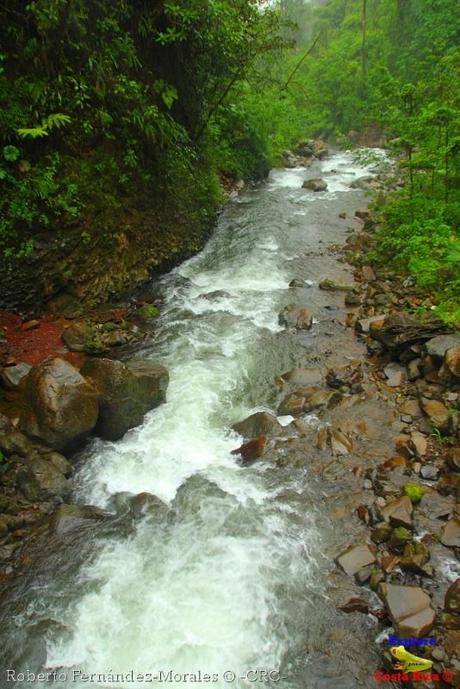
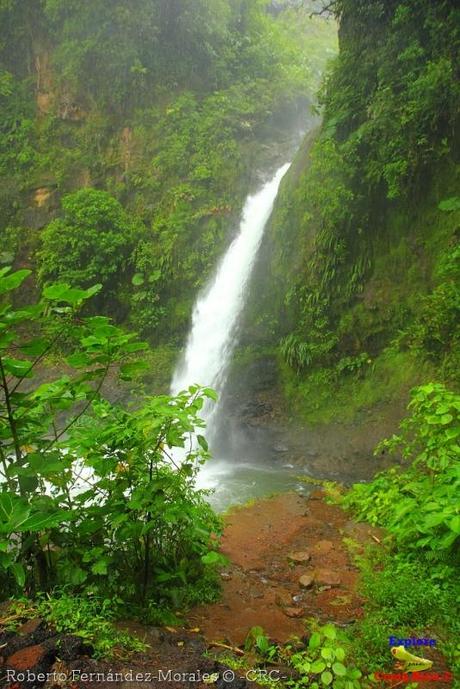
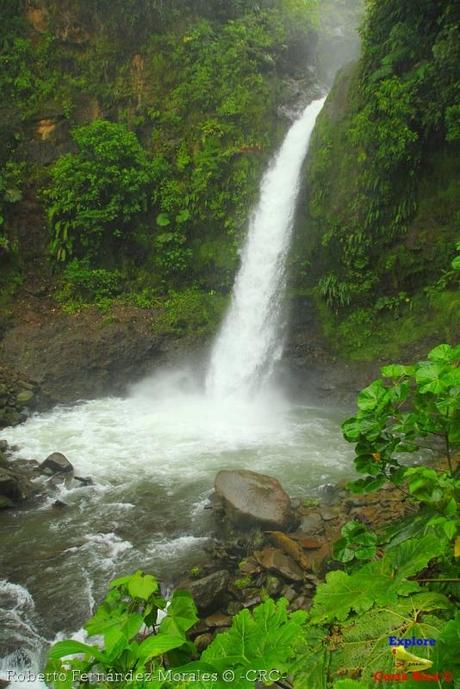
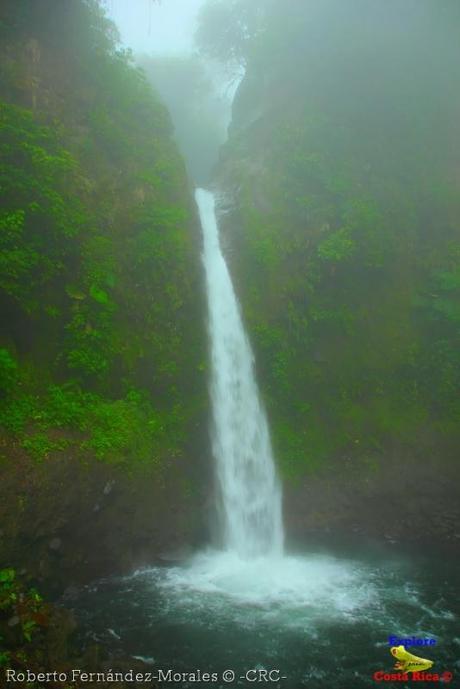
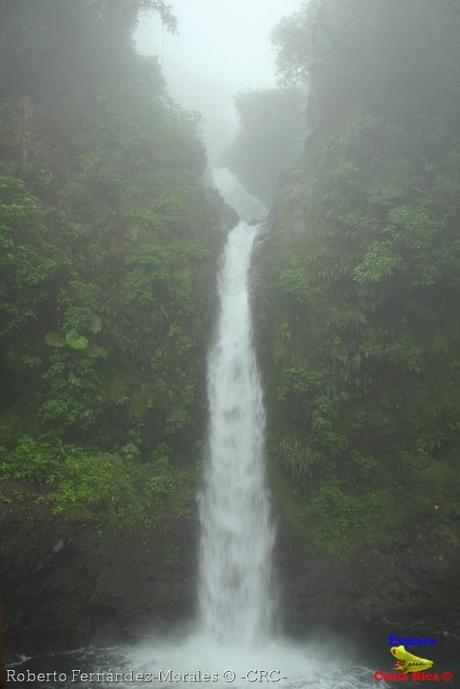
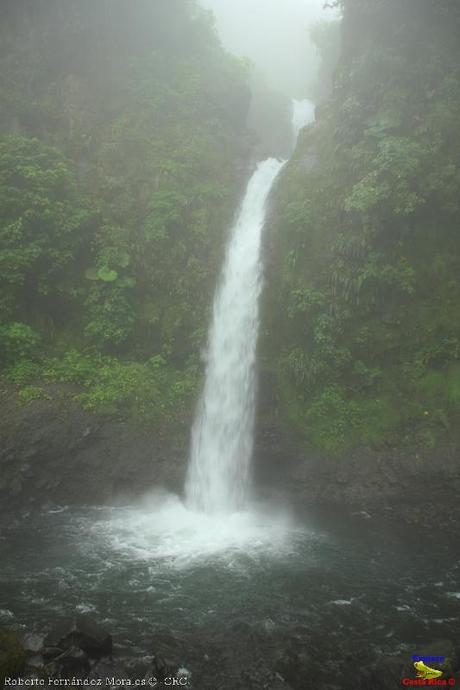
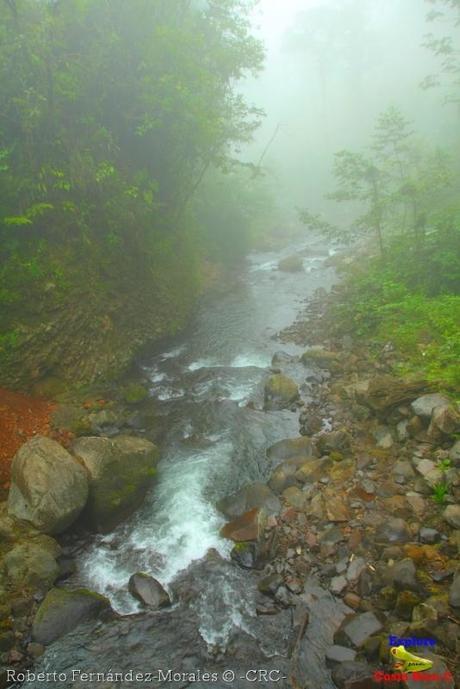
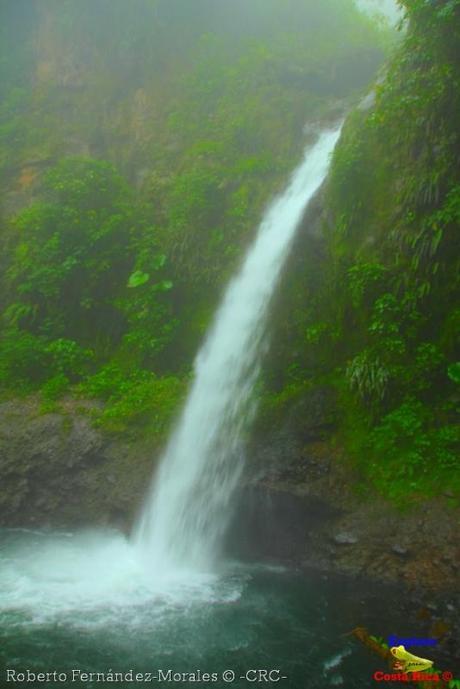
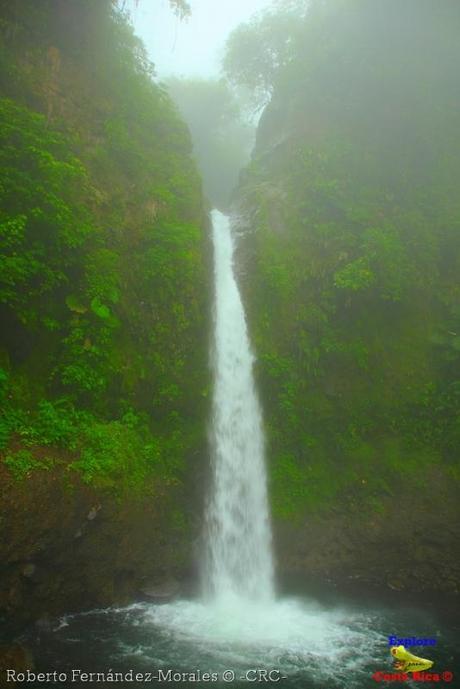
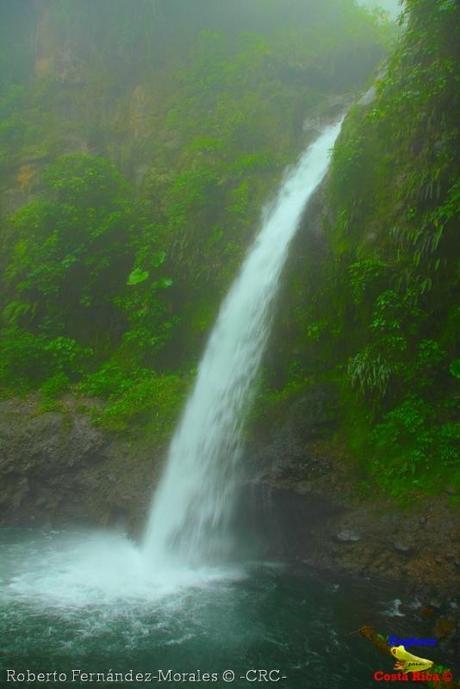
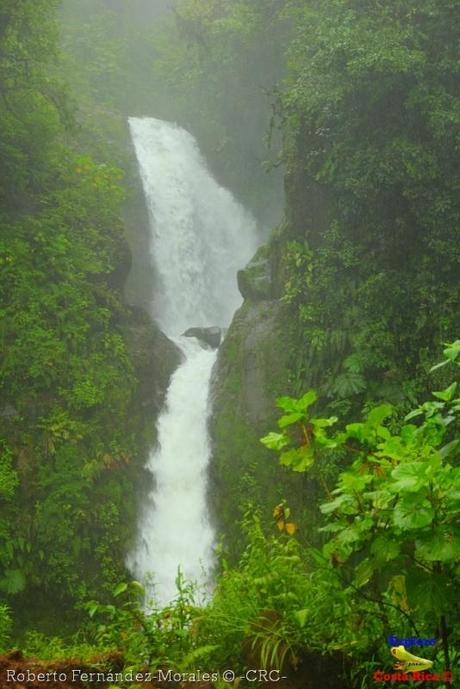
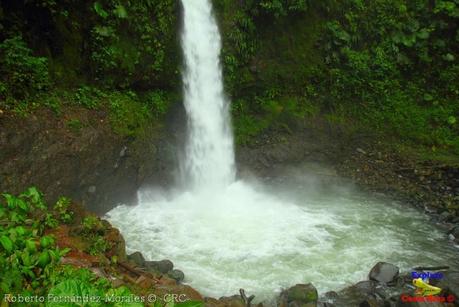
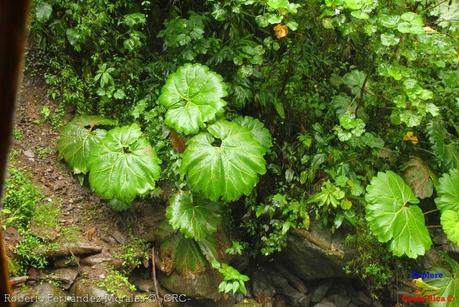
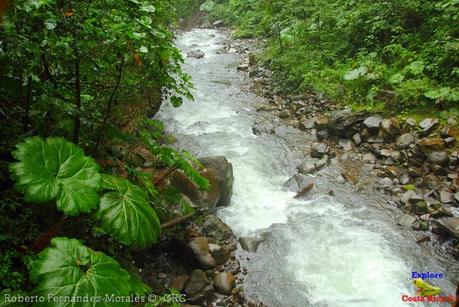
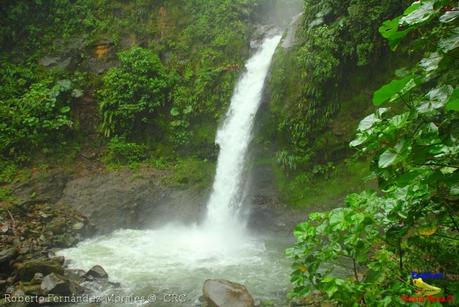
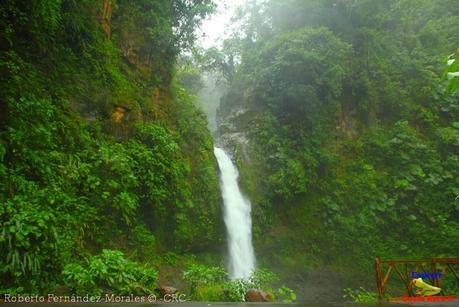
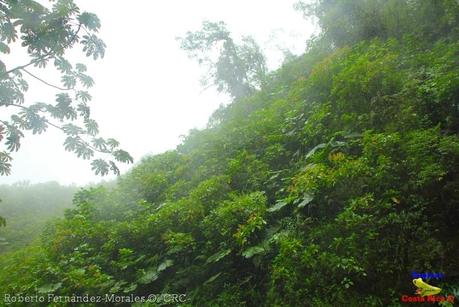
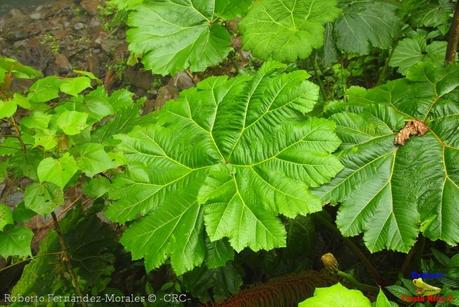
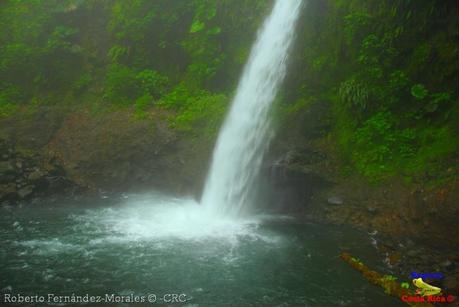
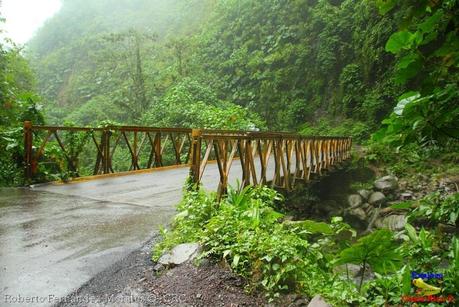 Así era el puente de la Catarata La Paz en el año 2003
Así era el puente de la Catarata La Paz en el año 2003(The bridge of the La Paz Waterfall was like this in 2003)

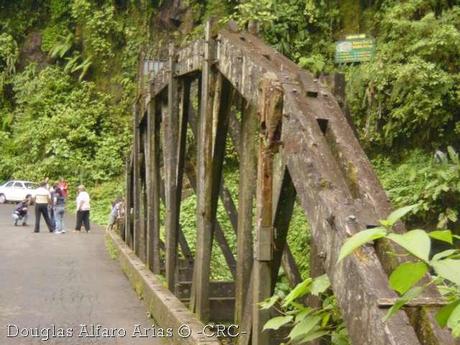
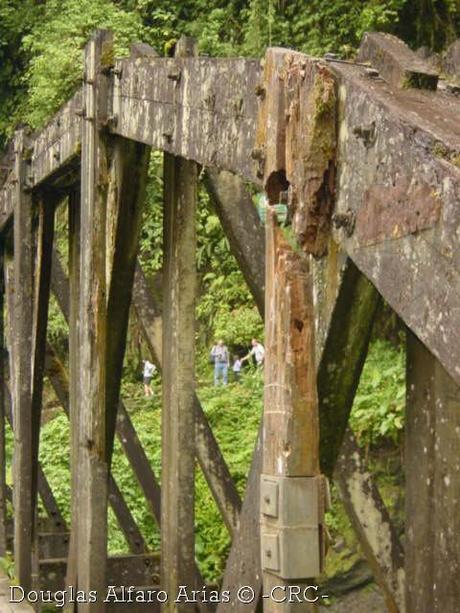


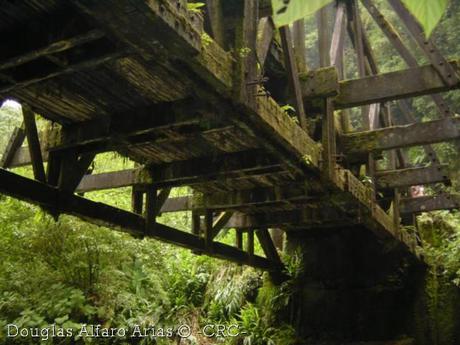 En octubre 2003 el puente se desplomó
En octubre 2003 el puente se desplomó(In October 2003 the bridge collapsed)
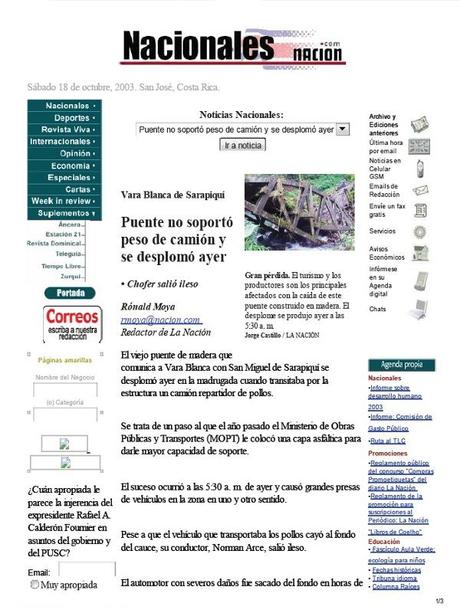 La ruta antes de Cariblanco
La ruta antes de Cariblanco(The route before Cariblanco)
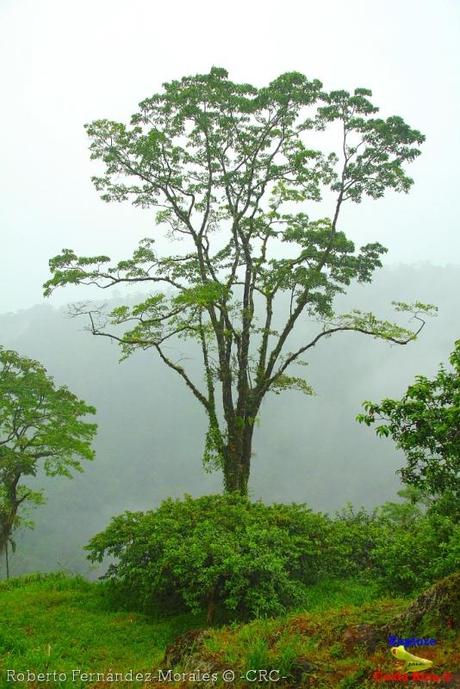
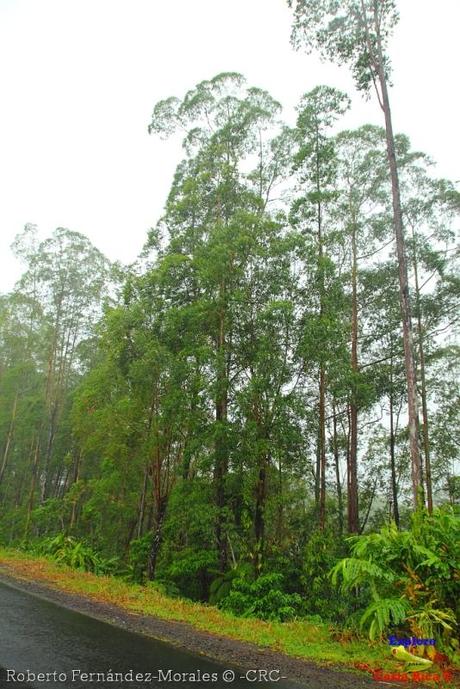
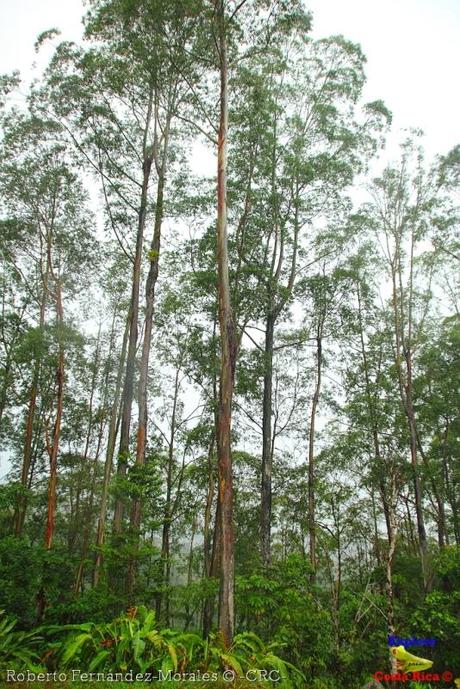
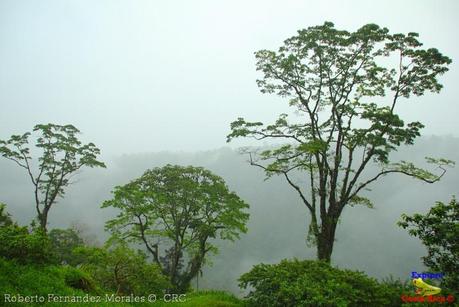
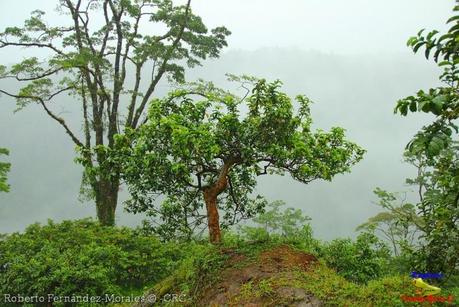

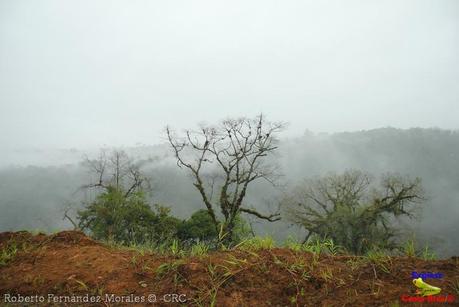
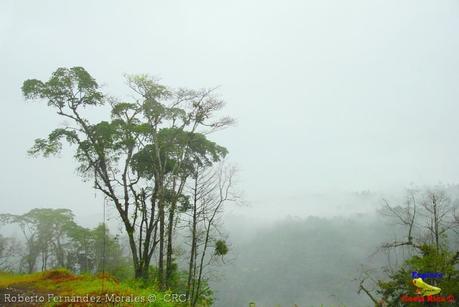
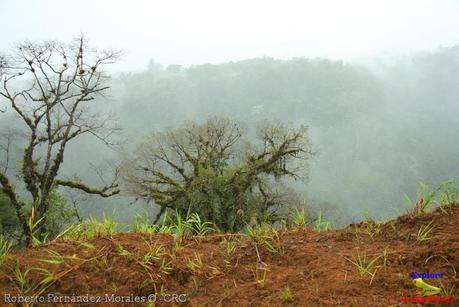
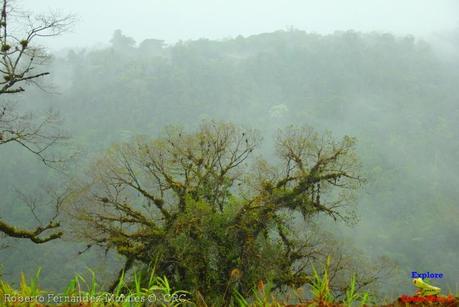

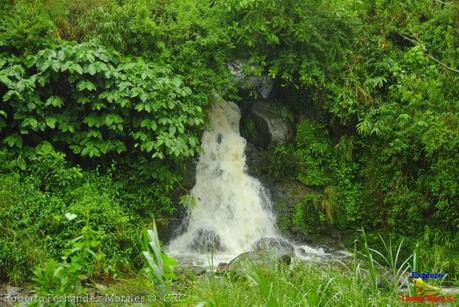
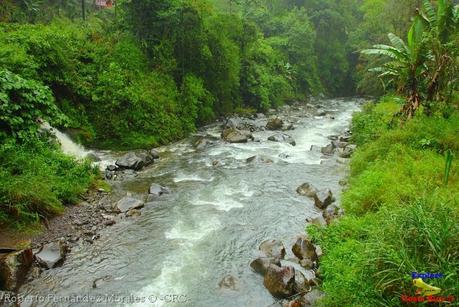
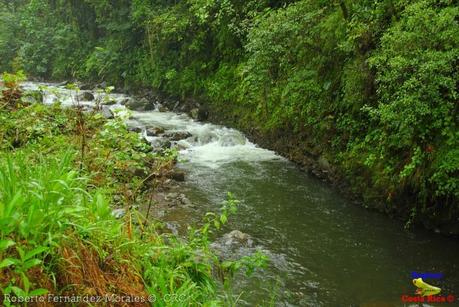
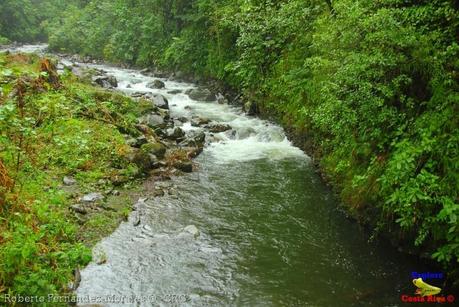
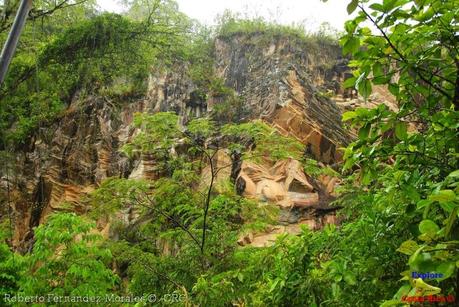

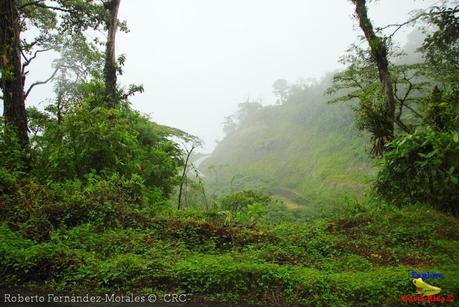
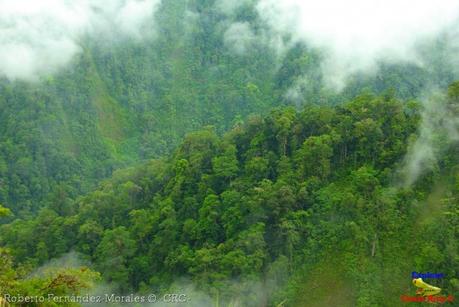
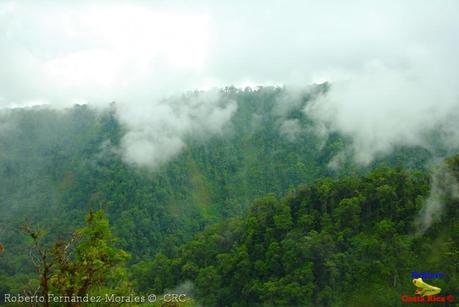

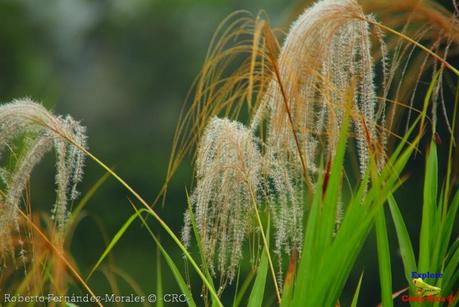

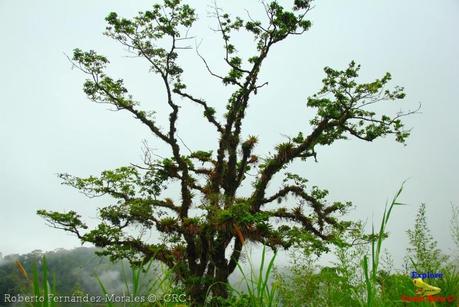
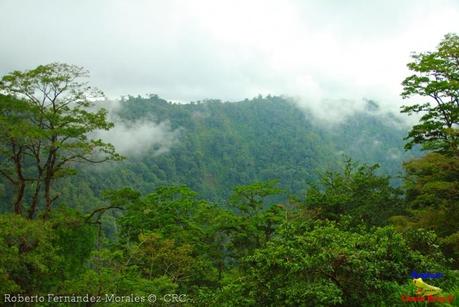

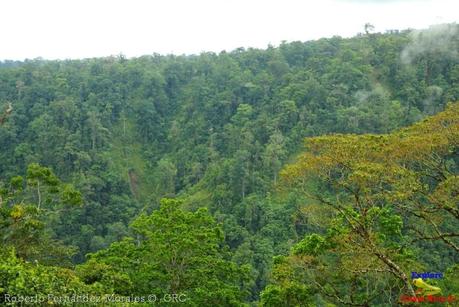
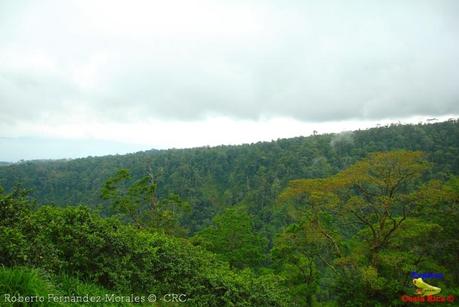 Catarata San Fernando
Catarata San Fernando(San Fernando Waterfall)
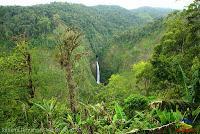
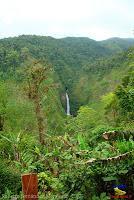
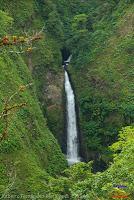
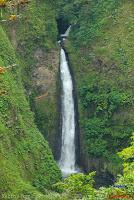
 Nueva Cinchona
Nueva Cinchona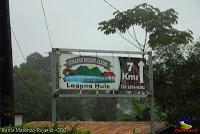
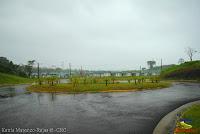
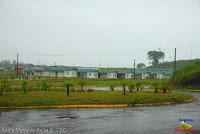 El camino hacia la Laguna de Hule
El camino hacia la Laguna de Hule(The road towards the Hule Lagoon)
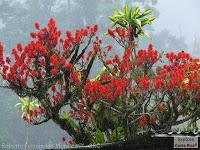


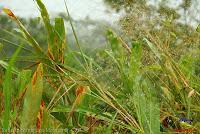
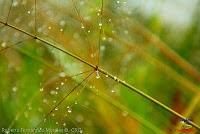
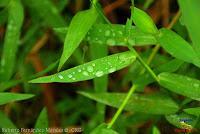
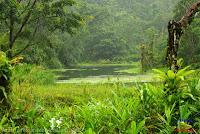


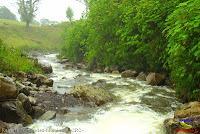
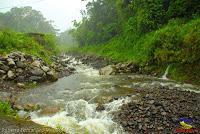
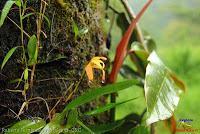


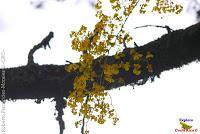
 Escuela Los Ángeles(Los Ángeles School)
Escuela Los Ángeles(Los Ángeles School)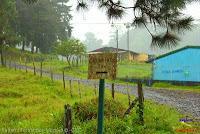
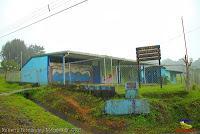
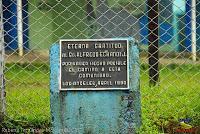
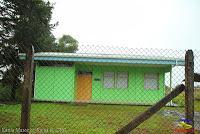 Flores en el jardín del Restaurante Bosque Alegre
Flores en el jardín del Restaurante Bosque Alegre(Flowers on the Bosque Alegre's Restaurant)
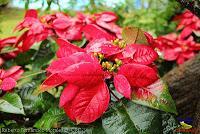

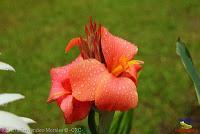
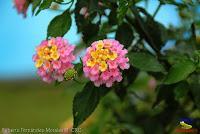
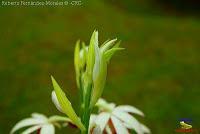
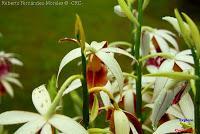
La Laguna de Hule vista del el Restaurante Vista Alegre
(The Hule Lagoon viewed from the Vista Alegre Restaurant)
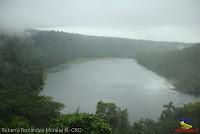
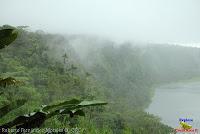
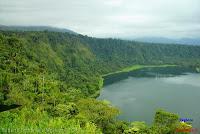
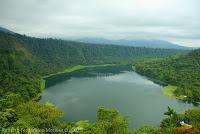

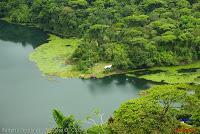
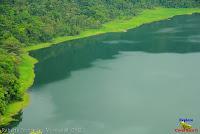
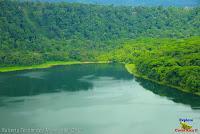
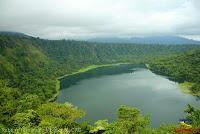

Vistas panorámicas de la Laguna de Hule desde el Restaurante Bosque Alegre
(Panoramic views of the Hule Lagoon from the Bosque Alegre Restaurant)



El descenso hacia la Laguna de Hule desde el Restaurante Bosque Alegre
(The descent towards the Hule Lagoon from the Bosque Alegre Restaurant)
La vista espectacular de la Laguna desde el camino(The spectacular view of the Lagoon from the road)
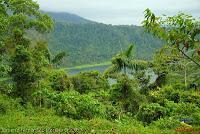
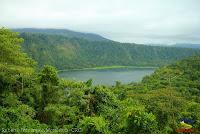
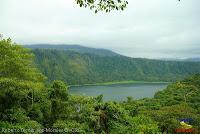

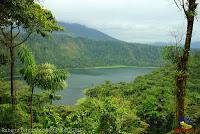
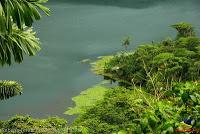
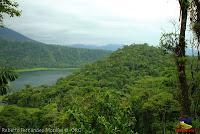 La Laguna de Hule y al fondo el Cerro Congo, antiguo volcán
La Laguna de Hule y al fondo el Cerro Congo, antiguo volcán(The Hule Lagoon and on the background, the Congo Mountain, an old volcano)
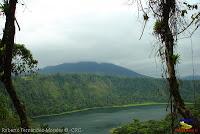
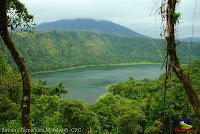 El camino está lleno de colores, árboles y plantas. Los monos congos se escuchan a lo largo de la ruta.
El camino está lleno de colores, árboles y plantas. Los monos congos se escuchan a lo largo de la ruta.(The road is full of colors, plants and trees. You can hear the howling monkeys along the route.)
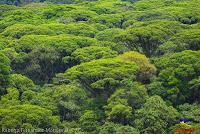
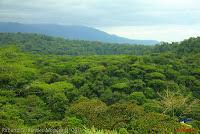

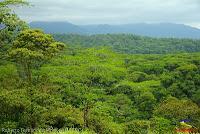
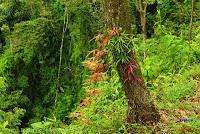
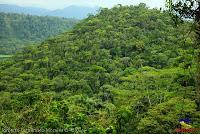



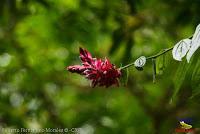
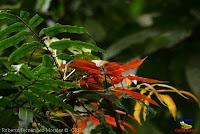
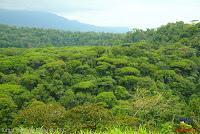
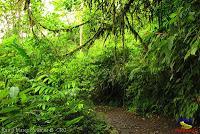
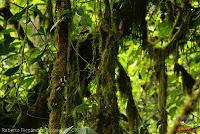
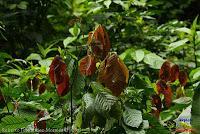
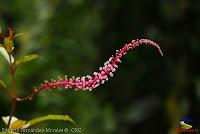
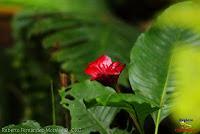
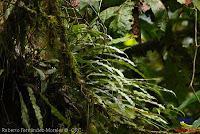
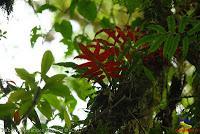
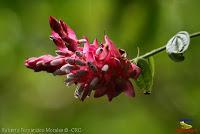
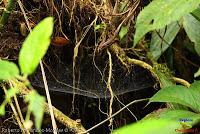
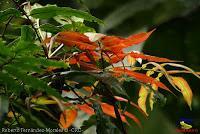
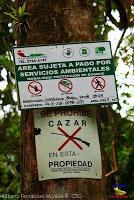
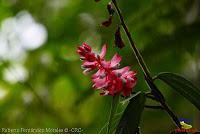
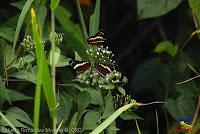
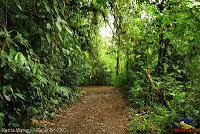
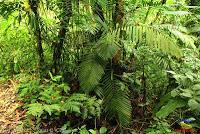
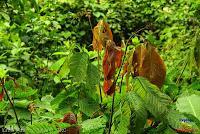
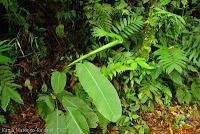
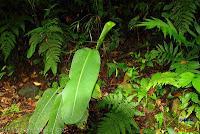
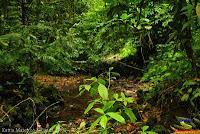
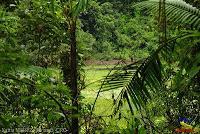
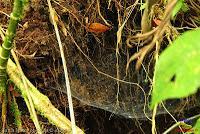
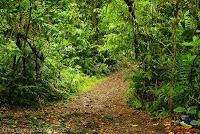
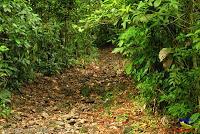
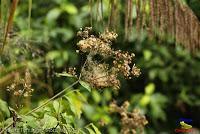
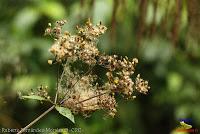 Y esta es la Laguna de Hule y sus flores
Y esta es la Laguna de Hule y sus flores(And this is the Hule Lagoon and its flowers)
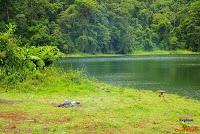
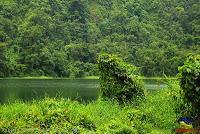
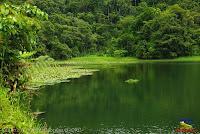
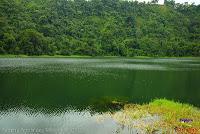

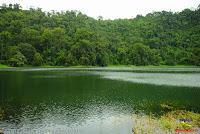


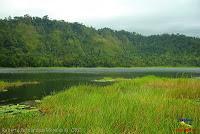
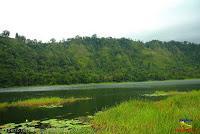
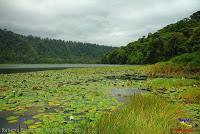
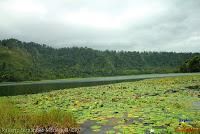
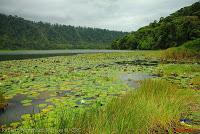
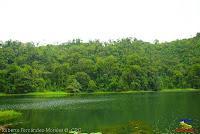
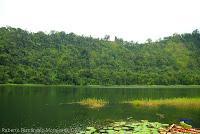
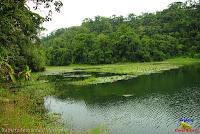
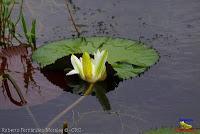

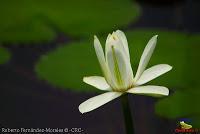
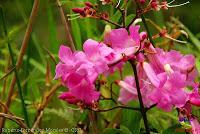
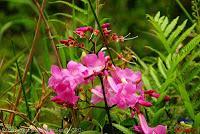
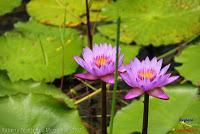
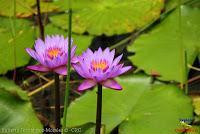
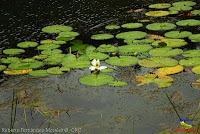
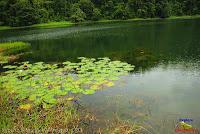 Se observan pequeñas cataratas en los bordes del cráter
Se observan pequeñas cataratas en los bordes del cráter(There are small waterfalls on the crater's border)
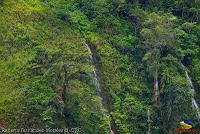
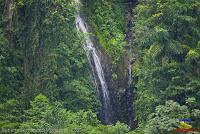 Vista panorámica de la Laguna de Hule
Vista panorámica de la Laguna de Hule(Panoramic view of the Hule Lagoon)

En el Restaurante Bosque Alegre se encuentra esta vieja cocina de leña
(In the Bosque Alegre Restaurant is this old wood stove)
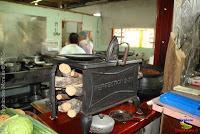

Cerca del Restaurante Bosque Alegre se localiza este viejo trapiche
(Near the Bosque Alegre Restaurante is located this old sugarcane mill)
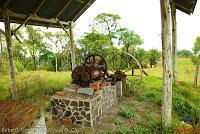
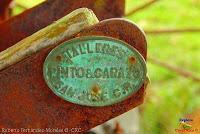
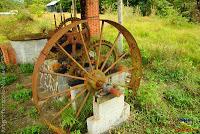
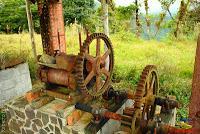
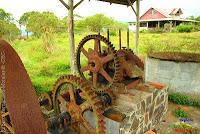

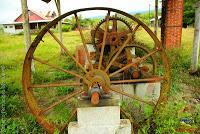
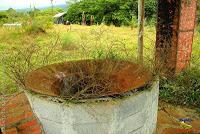
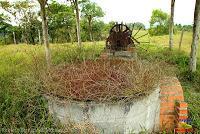
La Quebrada Hule trae el exceso de agua de la Laguna de Hule
(The Hule Ravine brings the excess water from the Hule Lagoon)
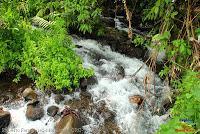

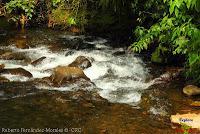
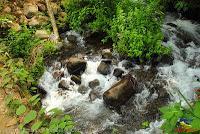
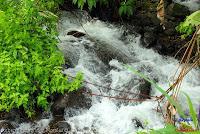
Laguna María Aguilar entre San Miguel de Sarapiquí y Cariblanco
(María Aguilar Lagoon between San Miguel de Sarapiquí and Cariblanco)

Ardilla variable (Sciurus variegatoides)
(Variegated squirrel)
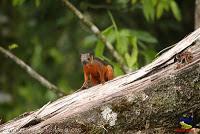
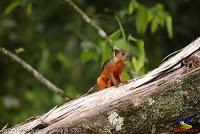
Aves
(Birds)Un agradecimiento muy especial al señor Oscar Ramírez Alán de la Asociación Ornitológica de Costa Rica y al señor Álvaro Herrera Villalobos del INBIO por ayudarme a identificar algunas de las aves.(Special gratitude to Mr. Oscar Ramírez Alán of the Ornithological Association of Costa Rica and Mr. Álvaro Herrera Villalobos of the INBIO for helping to identify some of the birds.)Los números entre paréntesis se refieren a la página del libro “The Birds of Costa Rica”, de Richard Garrigues y Robert Dean (2007), en donde se puede encontrar mayor descripción del ave.(Numbers in parenthesis refer to page number of the book “The Birds of Costa Rica”, by Richard Garrigues and Robert Dean (2007), where you can find a description of the bird.)Amazilia rabirrufa -Rufous tailed Hummingbird (p 128)
(Amazilia tzacatl)

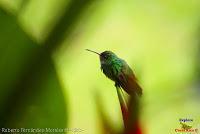
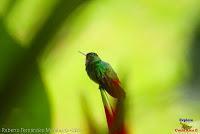 Bienteveo grande (Pecho amarillo) -Great Kiskadee- (p 210)
Bienteveo grande (Pecho amarillo) -Great Kiskadee- (p 210) (Pitangus sulphuratus)
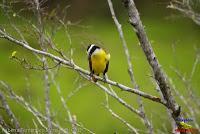
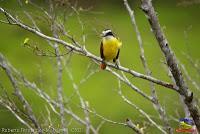

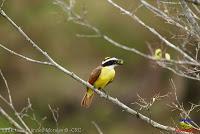

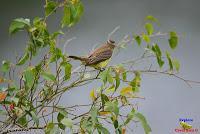
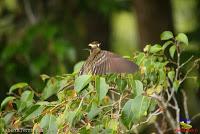
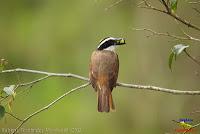
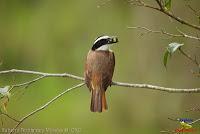

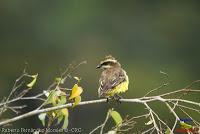
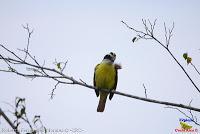 Colibrí garganta de rubí -Ruby throated Hummingbird- (p 130)
Colibrí garganta de rubí -Ruby throated Hummingbird- (p 130)(Archilochus colubris)
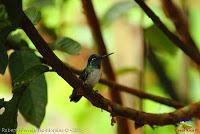 Elanio tijereta (Tijerilla o Gavilán Tijerilla) -Swallow tailed Kite- (p 36)
Elanio tijereta (Tijerilla o Gavilán Tijerilla) -Swallow tailed Kite- (p 36)(Elanoides forficatus)
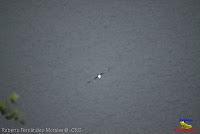
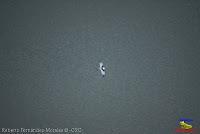
 Ermitaño verde -Green Hermit- (p 120)
Ermitaño verde -Green Hermit- (p 120)(Phaethornis guy)
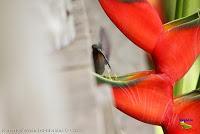

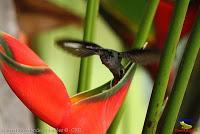
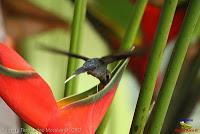
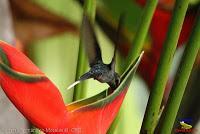
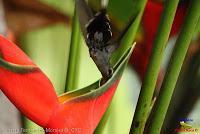
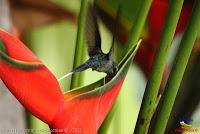
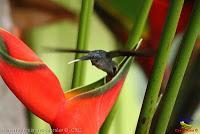 Gallareta morada (Calamón morado, Gallina de agua) -Purple Gallinule- (p 58)
Gallareta morada (Calamón morado, Gallina de agua) -Purple Gallinule- (p 58)(Porphyrio martinica)
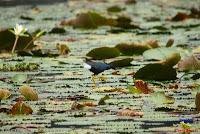
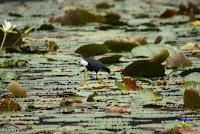
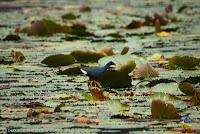
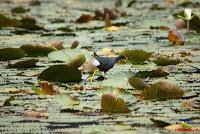 Garceta grande (Garza real) –Great egret- (p 22)
Garceta grande (Garza real) –Great egret- (p 22)(Ardea alba)
 Garrapatero piquiestriado (Tijo) -Groove-billed ani- (p 102)
Garrapatero piquiestriado (Tijo) -Groove-billed ani- (p 102)Crotophaga sulirostris
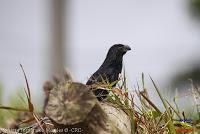
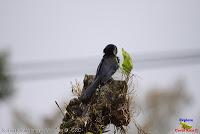
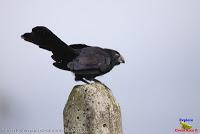 Loro coroniblanco -White crowned Parrot (p 96)
Loro coroniblanco -White crowned Parrot (p 96)(Pionus senilis)
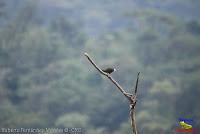
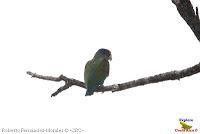
 Mielero verde (Rey de trepadores) -Green Honeycreeper- (p 292)
Mielero verde (Rey de trepadores) -Green Honeycreeper- (p 292)(Chlorophanes spiza)
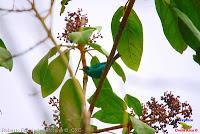
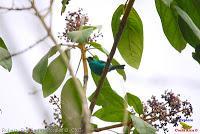


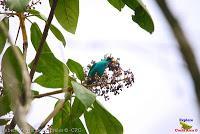
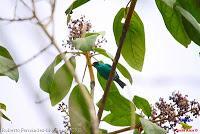 Pibí occidental -Western Wood Pewee- (p 202)
Pibí occidental -Western Wood Pewee- (p 202)(Contopus sordidulus)
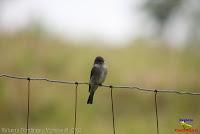
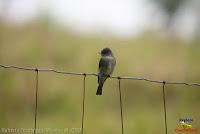 Semillerito cariamarillo (Gallito) -Yellow faced Grassquit- (p 296)
Semillerito cariamarillo (Gallito) -Yellow faced Grassquit- (p 296)(Tiurus olivaceus)
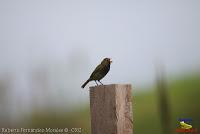
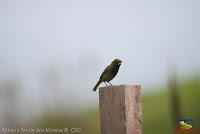 Semillero picogrueso –Thick billed Seed finch- (p 294)
Semillero picogrueso –Thick billed Seed finch- (p 294)(Oryzoborus funereus)
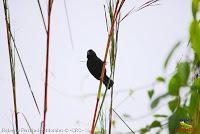
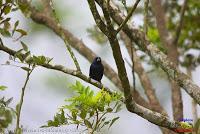
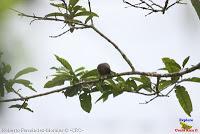
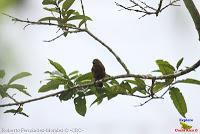
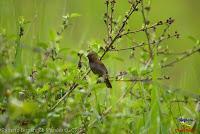

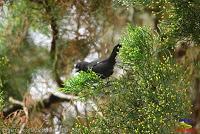
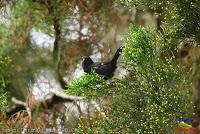
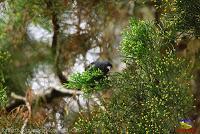
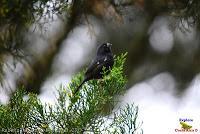
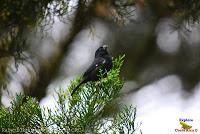
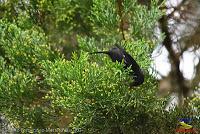
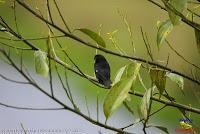
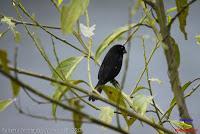
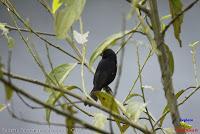 Soterrey cucarachero (Soterry, Soterré o Cucarachero) -House Wren- (p 242)
Soterrey cucarachero (Soterry, Soterré o Cucarachero) -House Wren- (p 242)(Troglodytes aedon)
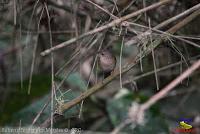
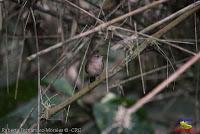 Tangara lomiescarlata (Sangre de toro) -Passerini's Tanager- (p 286)
Tangara lomiescarlata (Sangre de toro) -Passerini's Tanager- (p 286)(Ramphocelus passerini)
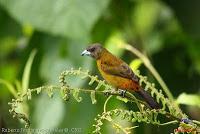
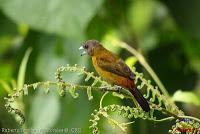
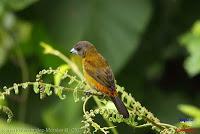 Tirano tropical (Pecho amarillo) -Tropical Kingbird- (p 212)
Tirano tropical (Pecho amarillo) -Tropical Kingbird- (p 212)(Tyrannus melancholicus)
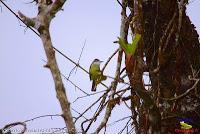 Vaquero ojirrojo (Pius) -Bronzed Cowbird- (p 316)
Vaquero ojirrojo (Pius) -Bronzed Cowbird- (p 316)(Molothrus aeneus)
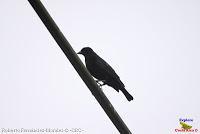
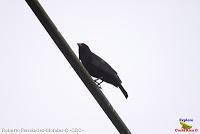
El siguiente enlace está relacionado con el actual:(The following post is related to the actual one:)- Parque Nacional Volcán Poás
Próxima actualización: 1 de enero del 2014Next update: January 1st, 2014
Conozca y cuide a Costa Rica. Es de todos nosotros!!(Get to know and take care of Costa Rica. It belongs to all of us!!)

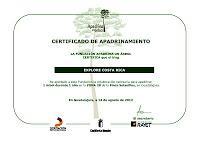

publicado el 24 agosto a las 15:17
Excelente biografía de este bello lugar regular